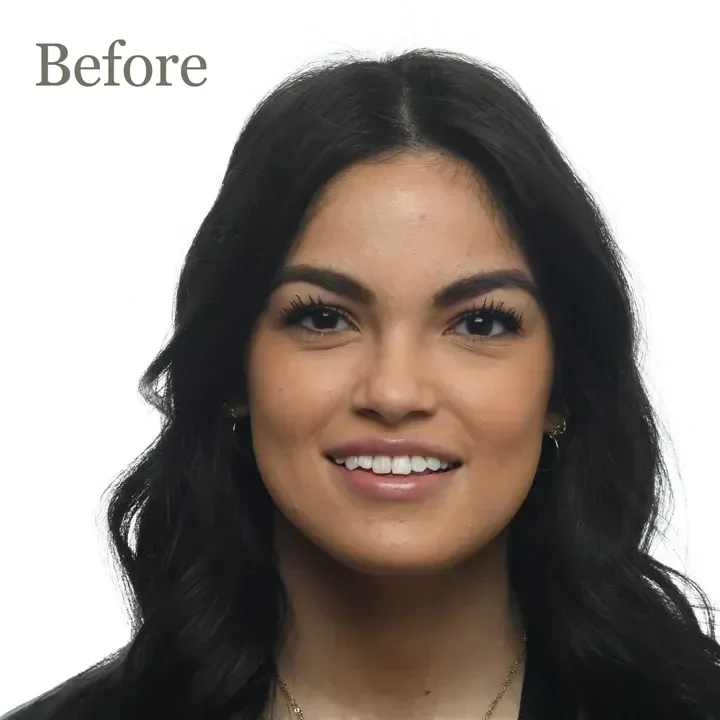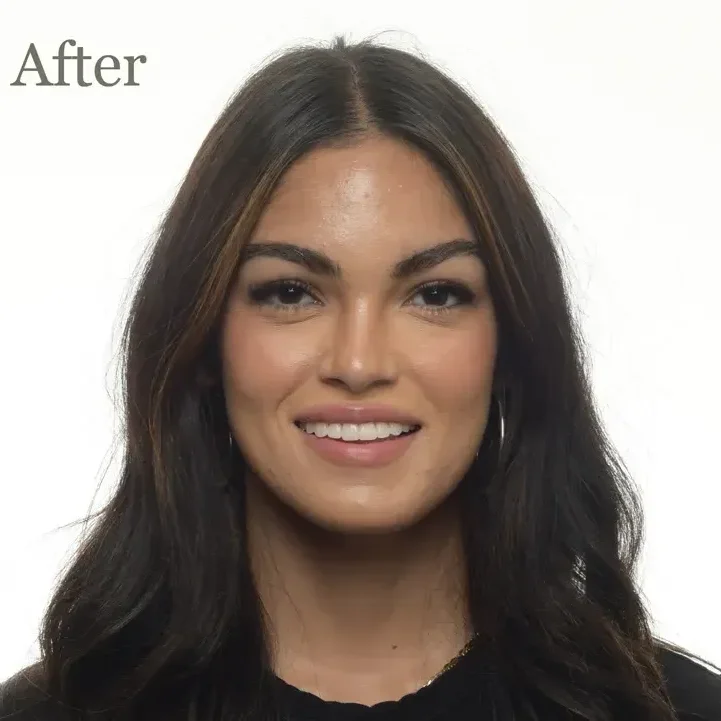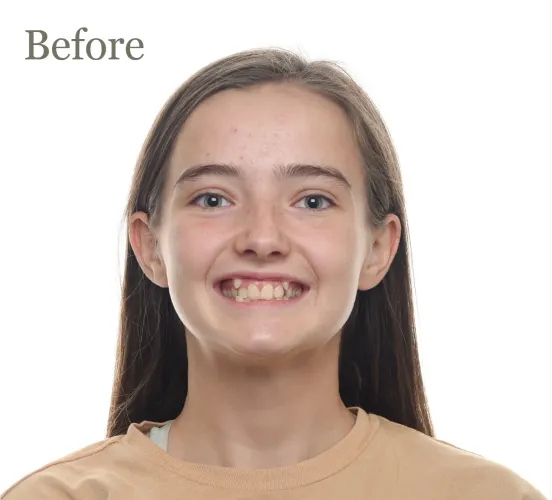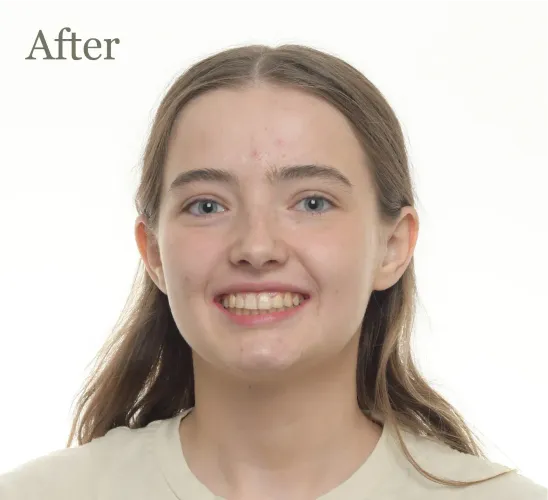Your smile is one of the first things people notice — and when it’s aligned properly, it doesn’t just look better, it functions better. At Hansen Orthodontics & Aesthetics, we offer cutting-edge solutions for teeth alignment in El Paso, helping you correct bite issues, improve oral health, and boost your confidence with a treatment plan that fits your lifestyle.
Whether you need a subtle touch or a more comprehensive correction, we’ll help you choose the right path forward using advanced options like Damon Braces and Spark Clear Aligners.


At Hansen Orthodontics, we believe teeth alignment should feel empowering — not overwhelming. Whether you’re considering Damon Braces, Spark Clear Aligners, or just exploring your options, we’re here to make the experience comfortable, informative, and uniquely yours.


Damon Braces are designed for efficiency, comfort, and fewer appointments. They use a self-ligating system to gently guide teeth into place with minimal friction — no elastic ties required. Damon is ideal for:
For patients seeking a discreet, removable solution, Spark Aligners offer precision and flexibility with nearly invisible trays. These aligners are comfortable, stain-resistant, and effective for correcting:
Mild to moderate crowding
Gaps between teeth
Bite imbalances like overbite, underbite, and open bite
General alignment concerns with minimal lifestyle disruption
Both systems can successfully treat a wide range of orthodontic issues — and we’ll guide you in choosing the one that aligns with your goals.
No matter which treatment you choose, we can help address:
Correcting alignment does more than improve aesthetics — it supports long-term dental health and prevents future complications.
We begin with a full consultation, digital imaging, and a personalized treatment plan.
Most patients visit every 6–8 weeks, though frequency may vary depending on treatment type and progress.
With clear aligners, you can remove them while eating. With Damon Braces, you’ll need to avoid sticky or hard foods to protect the brackets.
You may notice slight changes initially, but most patients adjust quickly within a few days.
If a bracket, wire, or aligner is damaged or lost, contact our office right away. We’ll schedule a repair or replacement to keep your treatment on track.
Yes. Retainers are necessary to maintain your results and prevent teeth from shifting back. We’ll design a custom retainer for your long-term smile stability.